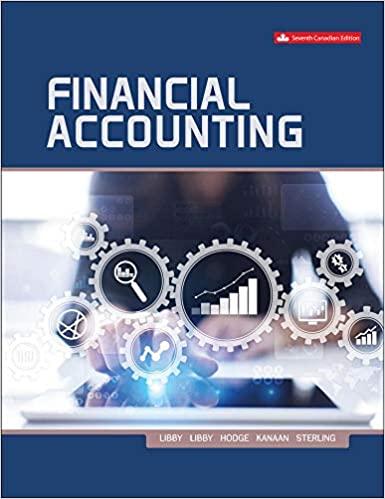NEED HELP WITH LAST ANSWER DONT KNOW WHY IM GETTING IT WRONG.



Current assets 2021$2,0003,000$0 Total assets Accounts payable and accruals Short-term debt Long-term debt Preferred stock Common stock Retained earnings Total common equity Total liabilities and equity Last year's earnings per share Current price of common stock, P0 Last year's dividend on common stock, D0 Growth rate of common dividend, g Flotation cost for common stock, F Common stock outstanding $9002001,900400775825$0$0 Current price of preferred stock, Pp Dividend on preferred stock, Dp Preferred stock outstanding Before-tax cost of debt, rd Market risk premium, rMrRF Risk-free rate, rRF Beta Tax rate Total debt $2.60$45.00$1.8010%11%40,00030.00$2.7015,00012%6%7%1.26625%2,100 a. Calculating the cost of each capital component (using the DCF method to find the cost of common equity) \begin{tabular}{lrl} the cost of common equity) & 9.00% & Formulas \\ After-tax cost of debt & 9.00% & =B28(1B32) \\ Cost of preferred stock & 14.40% & =B26/B25 \\ \hline Cost of retained earnings & 14.94% & =B21(1+B22)/B20+B22 \\ Cost of new common stock & =B21(1+B22)/(B20(1B23))+B22 \end{tabular} b. Calculating the cost of common equity from retained earnings, using the CAPM method Cost of retained earnings 14.60% =B30+B31*B29 c. Calculating the cost of new common stock based on the CAPM Flotation cost adjustment Cost of new common stock 0.54% 15.14% =B40-B39 d. Calculating the firm's WACC assuming that (1) it uses only retained earnings for equity and (2) if it expands so rapidly that it must issue new common stock a. Calculate the cost of each capital component, that is, the after-tax cost of debt, the cost of preferred stock, the cost of equity from retained earnings, and the cost of newly issued common stock. Use the DCF method to find the cost of common equity. After-tax cost of debt: % Cost of preferred stock: % Cost of retained earnings: % Cost of new common stock: % b. Now calculate the cost of common equity from retained earnings, using the CAPM method. % c. What is the cost of new common stock based on the CAPM? (Hint: Find the difference between re and rs as determined by the DCF method, and add that differential to the CAPM value for rs.) % d. If Skye continues to use the same market-value capital structure, what is the firm's WACC assuming that (1) it uses only retained earnings for equity and (2) if it expands so rapidly that it must issue new common stock? (Hint: Use the market value capital structure excluding current liabilities to determine the weights. Also, use the simple average of the required values obtained under the two methods in calculating WACC.) WACC 1:% WACC 2 : %









